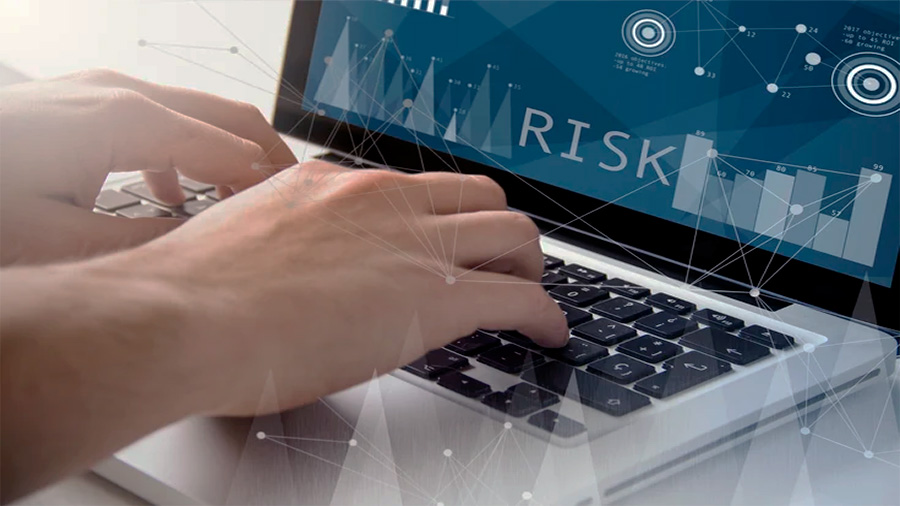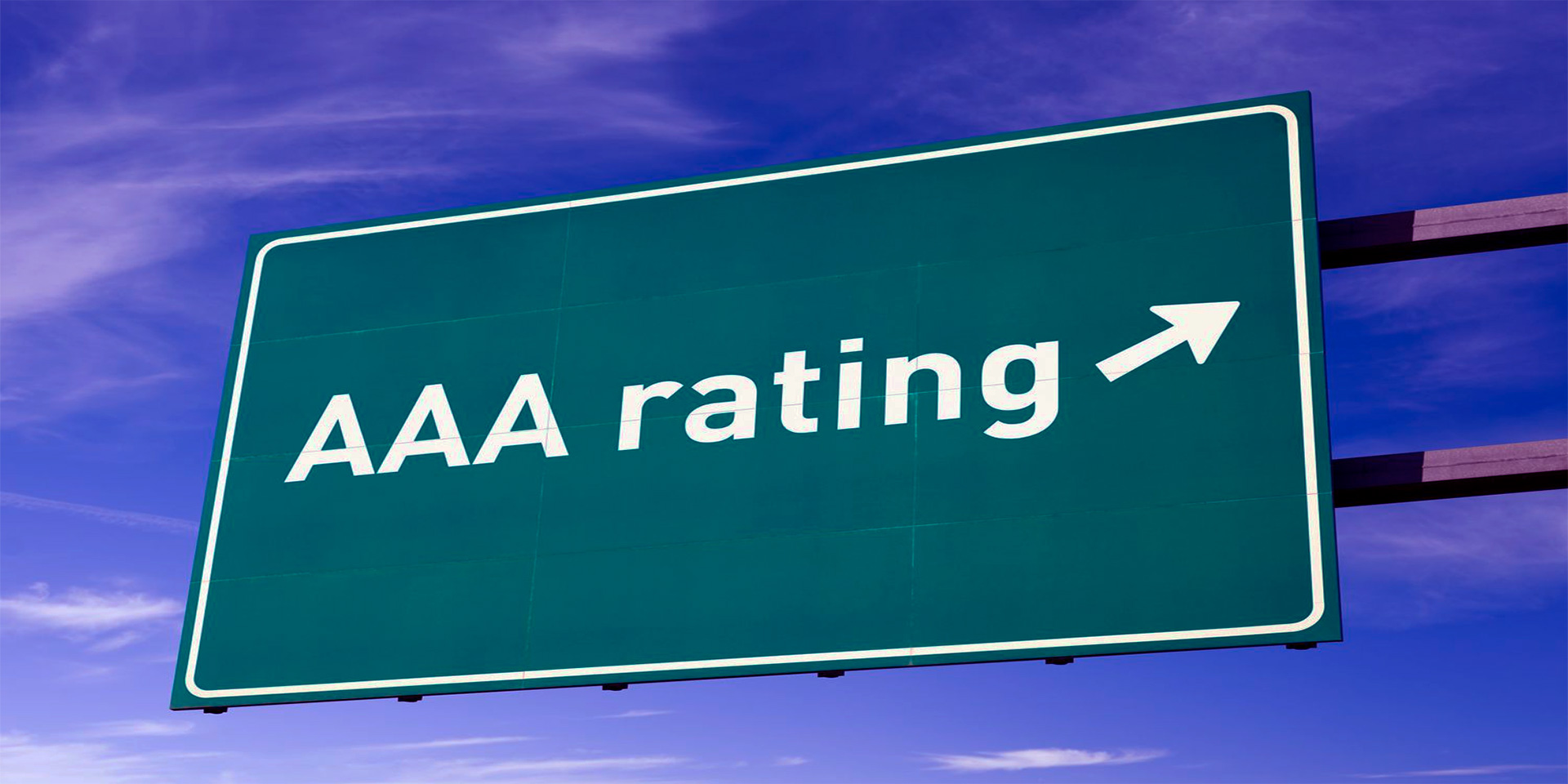The effectiveness of credit risk models is heavily influenced by the economic environment. In a robust economy, borrowers are generally more capable of meeting their obligations, leading to better performance of credit risk models. However, during economic downturns, increased unemployment and reduced business revenues complicate the accuracy of these models. Different loan products react differently to economic changes: consumer loans may see higher default rates due to reduced income, corporate loans may face challenges from declining revenues, and mortgage loans can be impacted by fluctuating property values and interest rates. To maintain accuracy, credit risk models must incorporate a range of economic indicators and adapt to evolving conditions.
How Does The Economic Environment Impact The Effectiveness Of Credit Risk Models For Different Loan Products?
The economic environment significantly impacts the effectiveness of credit risk models for different loan products. When the economy is strong, you will find that borrowers, both businesses and individuals, are generally more capable of repaying loans due to higher employment rates and business revenues. Credit risk models tend to perform better in predicting defaults because the inputs to these models, like income stability and creditworthiness, show positive trends.
Conversely, during economic downturns, the higher risk of unemployment and reduced business revenues increases the probability of defaults. Models must then adapt to rapidly changing circumstances, which can be challenging. Economic instability introduces more variables, making it tougher to predict credit risk accurately. You must consider factors such as rising interest rates, inflation, and supply chain disruptions that add layers of complexity.
Different types of loans respond differently to economic changes:
- Consumer Loans: Economic downturns impact individual job security and disposable income, increasing default risks. In stable times, low unemployment and steady wage growth reduce these risks.
- Corporate Loans: Companies facing reduced revenues or increased competition during economic slumps may struggle to meet their debt obligations.
- Mortgage Loans: Fluctuations in property values and interest rates also affect default rates, with economic downturns leading to higher mortgage defaults.
Beyond economic cycles, other factors like industrial development and export levels play roles. In high-income countries, enhanced industrial sectors and exports contribute to better loan performances due to increased employment and payment abilities.
All things considered, the economic conditions directly influence borrowers’ abilities to repay loans, affecting the reliability of credit risk models across various loan products. You need to ensure that these models incorporate a wide range of economic indicators to remain robust and accurate despite economic fluctuations.

What Is The Role Of Big Data In Improving Consumer Credit Risk Management?
Big data plays a crucial role in improving consumer credit risk management by providing you with more accurate and timely information about borrowers. It helps lenders incorporate diverse data sources, such as online behavior, social media activity, and mobile phone usage, along with traditional credit data. This combination offers a more comprehensive view of a borrower’s credit profile, enabling you to get a clearer picture.
By using advanced analytics and machine learning techniques, lenders can process and analyze large volumes of data quickly. This helps in generating precise and personalized credit scores and risk ratings. Additionally, big data supports increased access and inclusion, helping underserved or unbanked borrowers like you access credit opportunities through alternatives like microloans, peer-to-peer lending, and crowdfunding platforms.
Moreover, big data analytics enables real-time monitoring of credit risk. This allows you to identify and respond to emerging risks promptly. Predictive analytics and machine learning algorithms help forecast credit risk by analyzing historical data, borrower behavior, and market trends. This proactive risk management ensures you are better prepared for potential defaults.
Using big data in credit risk management ensures that lenders have a holistic understanding of your financial situation. It helps spot potential defaults, reduces the probability of non-repayment, and ensures compliance with regulatory requirements. Overall, leveraging big data enhances the accuracy, efficiency, and inclusivity of consumer credit risk management.
Lastly, big data empowers lenders to make smarter decisions, giving you better access to credit and promoting financial well-being.
How Do Default Rates Compare Between Secured And Unsecured Consumer Loans?
Default rates for secured consumer loans are generally lower than those for unsecured consumer loans. Secured loans require collateral, like a home or car, which reduces the lender’s risk since they can seize the asset if you default. This lower risk typically results in fewer defaults among secured loans.
On the other hand, unsecured loans don’t need collateral. They rely solely on your creditworthiness and promise to repay, making them riskier for lenders. Consequently, unsecured loans have higher default rates and usually come with stricter credit requirements and higher interest rates.
Here are the key differences:
- Collateral Requirement:
- Secured loans: Require collateral (e.g., car, home).
- Unsecured loans: No collateral needed.
- Risk and Default Rates:
- Secured loans: Lower risk for lenders, lower default rates.
- Unsecured loans: Higher risk for lenders, higher default rates.
- Interest Rates and Qualification:
- Secured loans: Typically have lower interest rates and are easier to qualify for.
- Unsecured loans: Higher interest rates and stricter qualification criteria.
Finally, understanding the differences between these loan types can help you choose the best option for your financial situation and needs.

What Are The Best Practices For Mitigating Credit Risk In Small Business Loans?
Best Practices for Mitigating Credit Risk in Small Business Loans
To mitigate credit risk in small business loans effectively, you should follow these best practices.
- Conduct a Thorough Credit Assessment: You need to evaluate the borrower’s credit history, financial statements, and cash flow to ensure they can manage their debts and generate consistent revenue.
- Diversify Your Credit Sources: Don’t rely on a single lender; spreading borrowing across various financial institutions helps you manage risk better.
- Negotiate Favorable Credit Terms: Define clear credit policies, including credit limits, payment periods, interest rates, and penalties, to protect your interests.
- Use Collateral and Guarantees: You can offer assets like property or intellectual property as collateral to secure the loan and assure repayment.
- Implement Credit Insurance: This protects you against non-payment by customers, especially if your business depends on a few large clients.
- Regular Monitoring and Review: Continuously track credit performance, flagging late payments early, and adjusting credit terms or taking corrective action as needed.
- Leverage Technology to Your Advantage: Use automated systems for onboarding and identity verification to improve accuracy and enhance customer experience.
- Adopt the 5Cs of Credit: Assessing character, capacity, capital, collateral, and conditions comprehensively gauges loan risks.
In closing, using these strategies—credit assessment, diversified sources, favorable terms, collateral, credit insurance, regular monitoring, technology, and the 5Cs—helps you effectively manage and mitigate credit risks in small business loans while promoting business stability.
How Do Fraud Risks Affect Credit Risk Assessments For Different Types Of Consumer Loans?
Fraud risks significantly affect credit risk assessments for different types of consumer loans. When you evaluate credit risk, you must ensure the applicant is genuine and can repay the loan. Fraud risks arise from people using false information to get loans they won’t repay.
Here are ways fraud risks influence credit risk assessments:
- Identity Verification: You need to confirm the applicant’s identity to prevent fraudulent applications. Lenders use technology to detect and deter identity fraud, reducing the chances of issuing loans to impersonators or synthetic identities.
- First-Party Fraud: Some borrowers take out loans in their own name without intending to repay. Identifying such risks early is crucial to avoid financial losses.
- Loan Types and Associated Risks: Different loans come with specific fraud risks. For instance:
- Mortgages: Fraud may occur through false information on income, employment, or property occupancy.
- Payday Loans: High-interest, short-term loans can attract fraud due to their minimal verification processes.
- Business Loans: Fraudulent entities may build up creditworthiness only to disappear after securing large loans.
- Operational Risk: Fraud risk is part of operational risk. Ineffective internal processes increase the chances of fraudulent activities, leading to financial losses, legal costs, and reputational damage.
- Technological Solutions: Implementing advanced fraud detection systems helps you screen applications in real-time, reducing fraud risk and enhancing the credit risk assessment process.
Overall, managing fraud risks allows you to improve credit risk assessments, protect financial stability, and provide loans to genuine borrowers.





